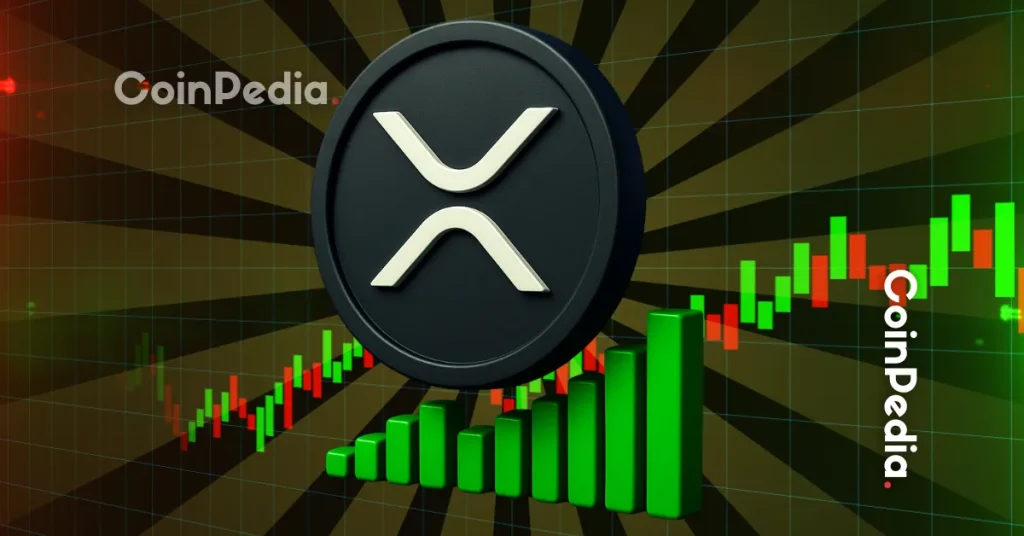
Envisioning the “XC Platform”
The International Monetary Fund (IMF) unveiled its vision for a new international payment system at a roundtable on Central Bank Digital Currencies (CBDC) in Morocco today. It is a system that makes multilateral payments smooth and convenient, and can be used by each country whether or not CBDC is introduced.
Tobias Adrian, director of the IMF’s financial and capital markets department, gave details of the “XC (exchange and contracting) platform.” The platform will represent and exchange standardized digital representations of national currencies, national central bank reserves, on a single ledger.
To make payments, participating banks would deposit central bank reserves in accounts managed by the platform operator, in return obtaining a digital version to trade on the platform.
The ledger is managed by the platform operator and only this operator settles transactions. This makes it possible to make quick and safe payments, and because the single ledger clearly describes the asset status, there is no double spending.
This “XC Platform” also features the ability to create a multi-currency system without creating new assets for settlement. There is no need to change existing systems and systems.
What are CBDCs
A digital currency issued by the central bank of a country or region. It stands for “Central Bank Digital Currency”. The big difference from virtual currency is that CBDC is a legal tender. While cost reduction and efficiency improvement can be expected in currency management and settlement, there are many issues to be considered, such as protection of personal information and privacy, security measures, and impact on the financial system.
 Cryptocurrency Glossary
Cryptocurrency Glossary
Customization and information management functions
Adrian said the “XC Platform” will also have programming capabilities that can be customized by each participant.
It allows participants to coordinate aspects such as foreign exchange acquisition, payment synchronization and deferment, risk management and capital flow management.
Others can automate contracts, such as executing simultaneous swaps between one currency and another when a certain price is reached.
According to Adrian, the “XC Platform” also envisions a layer to manage information.
For example, it can control how much a country’s citizens and businesses can hold and trade in foreign currency, compliance checks, know your customer (KYC), and combat money laundering and terrorist financing.
At this time, it is said that it will be possible to refer to anonymized information while protecting privacy such as individual identity.
Adrian also argued that the platform should also have governance functions to resolve economic conflicts, intervene in the foreign exchange market, and identify vulnerabilities.
Mr. Adrian also said that CBDCs, which are being considered by various countries, “enable innovation while strengthening public policy goals,” and that they are worth exploring, and that he is paying close attention to trends. bottom.
BIS conducts demonstration experiment of CBDC
As an attempt by an international organization, the Bank for International Settlements (BIS) reported in March the results of an experiment on CBDC cross-border transactions.
Implemented in collaboration with the Bank of Israel, the Bank of Norway, and the National Bank of Sweden, it has demonstrated improved interoperability and transparency, reduced costs, and increased competition.
connection: Bank for International Settlements, et al., Experimental Report on CBDC Cross-Border Payments
The post IMF Unveils Concept for New Multilateral Payment System appeared first on Our Bitcoin News.

 2 years ago
144
2 years ago
144














 English (US) ·
English (US) ·